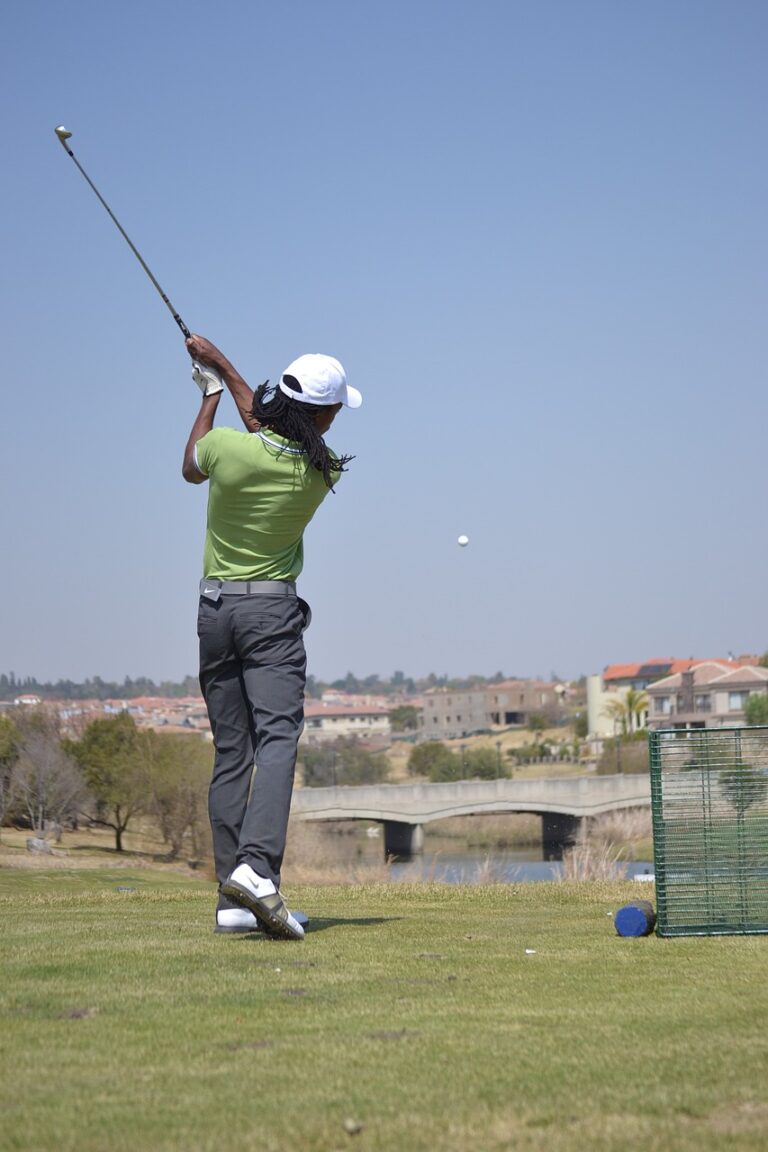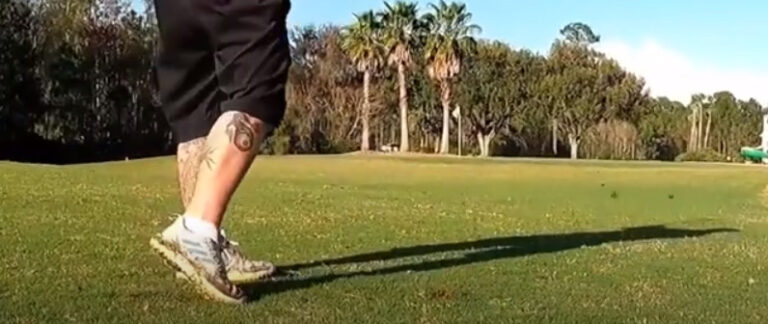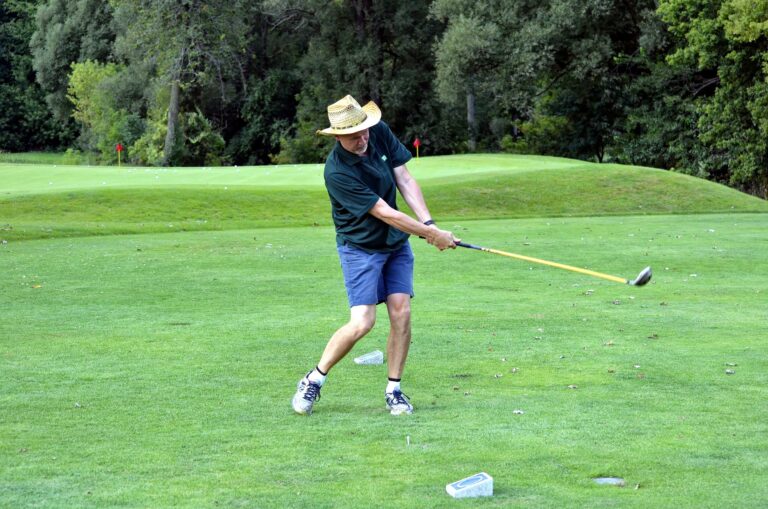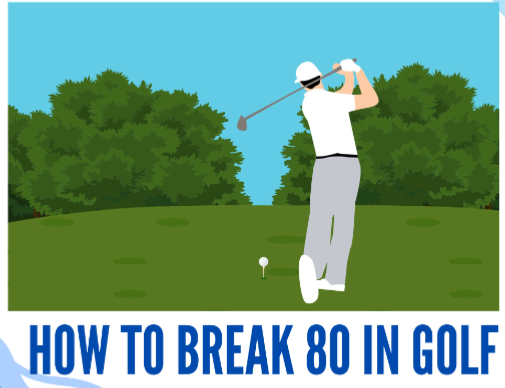What is preferred lies in golf
Let’s face it; golf can be a real brain teaser. From swinging techniques to understanding the lingo, there’s a lot to wrap your head around. If you’re, like most people, you might be wondering what a preferred lie in golf is.
So, What is preferred lies in golf? The answer to this formed the basis of this article as we’ll cut through the rough, providing a down-to-earth, comprehensive guide to understanding this age-old golf rule.
The First Swing: What is Preferred Lies in Golf?
Preferred Lies: The Basics.
In the golfing universe, we often come across the term “preferred lies.” This term might seem like Greek to the uninitiated, but it’s as common as sand in a bunker for those who frequent the fairways.
Preferred lies, colloquially known as “winter rules,” is a golf regulation that, under certain conditions, allows a player to better their ball’s position without incurring any penalty.
Now, before you start thinking this is a golfer’s get-out-of-jail-free card, remember that it’s not all sunshine and rainbows. This rule, while certainly a boon in some situations, comes with its own set of checks and balances.
The Conditions Apply.
The application of preferred lies isn’t a whim of the player, but rather the jurisdiction of the course committee. It’s generally employed when the golf course is under unusual or adverse conditions that might unfairly penalize a player.
However, there’s no one-size-fits-all rule here – how and when preferred lies are used can differ quite a bit from one golf course to the next.
The Second Swing: Understanding the Ground Rules.
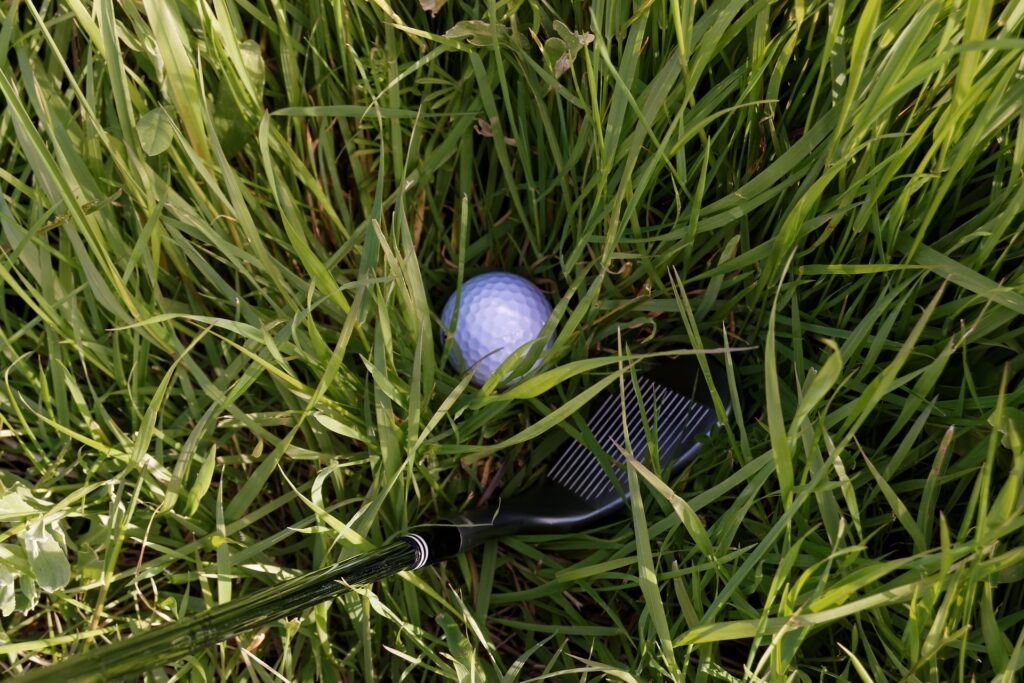
Moving the Ball Under Preferred Lies.
When the preferred lies rule is in play, a golfer has the freedom to lift, clean, and reposition their ball within a defined area, all without suffering any penalty strokes. Sounds like a walk in the park, right? But hold your horses!
The process isn’t quite as freewheeling as it might seem. There are stringent guidelines dictating the how, when, and where of moving your golf ball under the preferred lies rule.
The Limits of Preferred Lies.
The preferred lies rule doesn’t give you carte blanche to shift your ball wherever your heart desires. The exact distance you’re allowed to move your ball is typically stipulated by the course committee.
More often than not, this is within a club length or scorecard length from the original position of your ball. So, while the rule does give you a bit of leeway, it still requires you to play within the lines.
Preferred Lies in the Bunker.
When it comes to preferred lies, it’s crucial to know that this rule usually doesn’t extend to hazards, including bunkers. In layman’s terms, if your ball takes a detour into the sandy abyss, you’re tasked with playing it as it lies – no exceptions.
The Effect on Handicaps.
Another intriguing aspect of preferred lies is its impact on handicaps. Contrary to what some might think, scores made when preferred lies are in effect can indeed be considered for handicap purposes.
However, there’s a caveat. The committee overseeing the course must deem the conditions abnormal for this to apply. This rule ensures that preferred lies don’t inadvertently give an advantage to players in terms of their handicaps.
The Fourth Swing: The Controversy Surrounding Preferred Lies.

The Purists’ Perspective.
Just like many aspects of life, the concept of preferred lies in golf is not without its detractors. Golf purists, those who stand by the original essence and spirit of the game, often take issue with the rule.
They firmly subscribe to the mantra, “play the ball as it lies,” viewing preferred lies as a slight against the game’s traditional challenge. In their eyes, the rule can be seen as a softening of the sport, a loophole that takes away from the true tests of golf.
The Pragmatists’ Perspective.
However, not all see it through the same lens. The pragmatists, those who lean towards practicality and adaptation, view preferred lies as a necessary adjustment to ensure fair play in less-than-perfect conditions.
They argue that the rule keeps the game enjoyable and equitable when Mother Nature decides to throw a curveball. In their view, it’s not about making the game easier, but rather about preserving the integrity of the game in the face of adverse circumstances.
The Fifth Swing: Preferred Lies in Professional Golf.
Preferred Lies on the PGA Tour.
Even the crème de la crème of golf, the players on the PGA Tour, occasionally find themselves playing under preferred lies.
However, this rule isn’t as common in professional tours, primarily reserved for situations where course conditions are so compromised that it’s nearly impossible to ensure a fair play without it.
Notable Instances in History.
The annals of professional golf bear witness to several instances where the application of preferred lies has taken center stage, sparking off spirited debates among fans and players alike.
These instances serve as reminders that even at the highest levels of golf, the sport is not immune to the vagaries of weather and the condition of the course. Preferred lies, though controversial, can level the playing field, ensuring that the competition remains fair and just.
Chipping It In: Frequently Asked Questions.
Chipping it in to bring more clarity, here are few questions and our answers.
Can you use preferred lies in a bunker?
As a rule of thumb, preferred lies do not apply within hazards, and bunkers are considered a part of that. So, if your ball’s taken up residence in the sand, you’ll have to play it as it lies, no matter how inconvenient that might be.
How far can you move your ball under preferred lies?
The exact distance can vary based on the course committee’s decision, but typically, you’re allowed to move your ball within a club-length or scorecard length from where it originally lay. It’s always best to double-check with the local rules before you tee off!
Can you use preferred lies in a competition?
Absolutely, provided the committee in charge of the competition deems the conditions fit for the use of preferred lies. It’s not an everyday occurrence, but when the weather or the state of the course is less than ideal, this rule can come into play.
Does using preferred lies affect my handicap?
Surprisingly, no. If the course committee considers the conditions abnormal, scores made under the preferred lies rule can be posted for handicap purposes. It’s one of the many nuances of this rule that keeps the game fair and square.
Why are preferred lies also known as ‘winter rules’?
The term “winter rules” has its origins in the often soggy, muddy, and overall challenging conditions that golf courses face during the winter months. These conditions may warrant the use of preferred lies, hence the alternate name.
Are preferred lies universally accepted?
Well, that’s a bit of a sticky wicket. While some see preferred lies as a necessary rule to ensure fair play under adverse conditions, others, especially the golf purists, believe it strays from the traditional spirit of the game. As with many things in life, it all boils down to perspective.
The Final Putt: Concluding Thoughts on Preferred Lies in Golf
In the grand scheme of things, understanding preferred lies in golf is a small part of mastering this multifaceted sport. Yet, it’s these intricate rules and strategies that make golf more than just a game of hitting a ball with a club.
It’s about adapting to the environment, strategizing under varying conditions, and above all, it’s about the love of the game.
As we’ve explored, preferred lies in golf can be a controversial topic, stirring heated debates among golf purists and pragmatists. However, it’s undeniable that the rule has its place in modern golf, ensuring fair play and enjoyment in less than ideal conditions.
So next time you’re out on the green and someone asks, “What is preferred lies in golf?”, you’ll be more than ready to answer.


